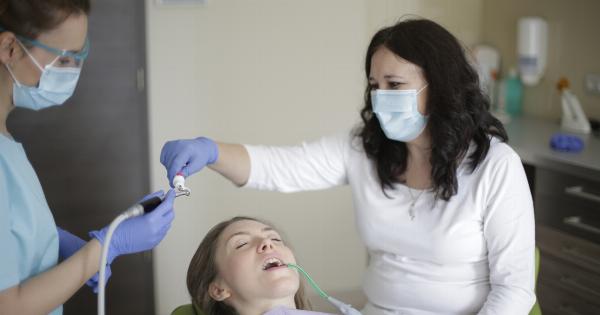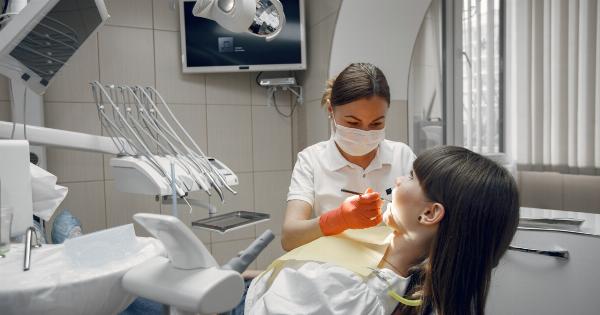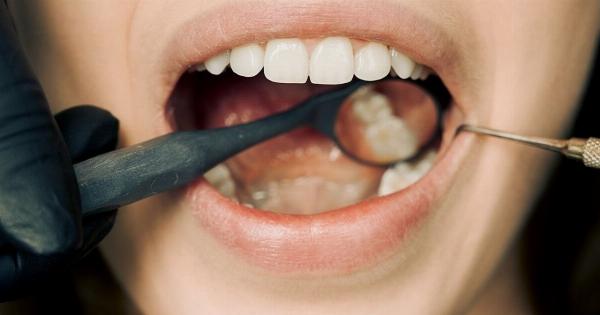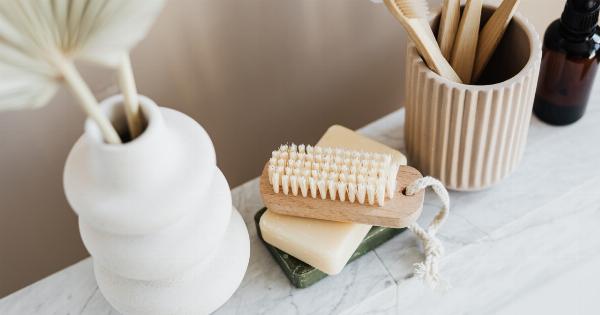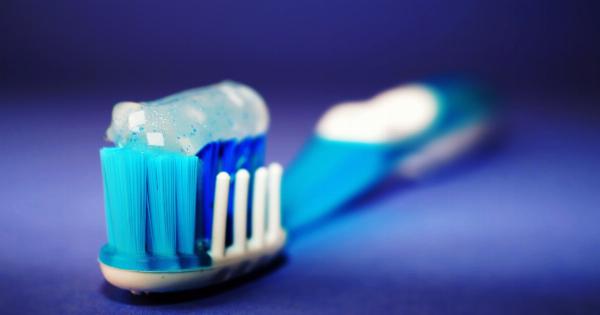Good oral hygiene is an essential aspect of maintaining a healthy lifestyle. One of the fundamental practices that contribute to oral health is brushing our teeth regularly.
Brushing not only helps keep our teeth clean and the breath fresh, but it also prevents tooth decay, gum diseases, and other dental problems. Together, let’s delve into the importance of brushing and learn some effective techniques to brush better for a healthier smile.
The Power of Brushing
Brushing your teeth is a simple yet potent way to promote oral health. The primary purpose of brushing is to remove plaque, a sticky film that contains bacteria, which can cause tooth decay and gum disease if not properly removed.
When we brush our teeth correctly, we eliminate the harmful bacteria and prevent the formation of tartar, which can lead to various dental issues.
In addition to plaque removal, brushing stimulates the gums, improving blood circulation and promoting overall gum health.
It also helps to remove food particles stuck between teeth, contributing to better breath and preventing the formation of cavities. By investing a few minutes each day in brushing, we significantly reduce the risk of developing dental problems and enjoy the benefits of a strong, beautiful smile.
Choosing the Right Toothbrush
One of the key factors in brushing effectively is selecting the right toothbrush. Here are some considerations to keep in mind:.
Bristle Firmness
The bristles of a toothbrush come in various levels of firmness: soft, medium, and hard. Dentists generally recommend using a soft-bristled brush to avoid damaging the enamel and causing gum irritation.
Soft bristles are gentle on the teeth and gums while still being effective in removing plaque and debris.
Size and Shape
The size and shape of the toothbrush head also play a crucial role in efficient brushing. A toothbrush head that is too big may not reach all areas of the mouth, while one that is too small may take more time to clean the entire oral cavity.
It is best to choose a toothbrush with a head size that enables easy access to all surfaces of the teeth, including the back molars.
Ergonomic Design
An ergonomic toothbrush handle ensures a comfortable grip and ease of maneuverability during brushing. Look for a handle that fits well in your hand and allows you to brush without putting excessive pressure.
Proper pressure and technique are vital to prevent tooth and gum damage.
Correct Brushing Technique
While having the right toothbrush is important, it is equally essential to employ the proper brushing technique to ensure effective plaque removal. Here is a step-by-step guide for the correct brushing technique:.
Step 1: Positioning the Toothbrush
Hold the toothbrush at a 45-degree angle against the gum line. The bristles should make contact with both the teeth and gums.
Step 2: Brushing Motion
Using gentle, circular motions, move the toothbrush back and forth. Be sure to brush the outer, inner, and chewing surfaces of each tooth. Pay special attention to hard-to-reach areas, such as the back molars.
Step 3: Brushing Time
Brush your teeth for at least two minutes, twice a day. Dividing your mouth into quadrants and spending 30 seconds in each section can help ensure adequate brushing time.
Step 4: Tongue Cleaning
Don’t forget to clean your tongue! Bacteria can accumulate on the tongue’s surface, causing bad breath. Gently brush your tongue from back to front to remove any residue.
Step 5: Replace Your Toothbrush Regularly
To maintain optimal brushing effectiveness, replace your toothbrush every three to four months, or sooner if the bristles become frayed. A worn-out toothbrush may not clean your teeth properly and can also harm your gums.
The Role of Toothpaste
Using toothpaste enhances the effectiveness of brushing by removing stains, freshening breath, and providing essential minerals for strong teeth. When choosing toothpaste, the following factors should be considered:.
Fluoride Content
Fluoride is a key ingredient in toothpaste, as it helps to strengthen tooth enamel and protect against cavities. Look for toothpaste that contains fluoride to maximize its preventive benefits.
Abrasive Level
While toothpaste needs to be somewhat abrasive to remove plaque, excessive abrasiveness can damage tooth enamel. Opt for toothpaste with a moderate level of abrasiveness, which strikes the right balance between cleaning and protecting tooth surfaces.
Avoiding Harsh Ingredients
Some individuals may have sensitivities to certain ingredients, such as artificial sweeteners or flavors. If you experience any discomfort or irritation, consider switching to a toothpaste that is free from these potential irritants.
Incorporating Other Oral Care Practices
To truly maximize oral health, brushing alone is not enough. It is vital to combine regular brushing with other essential oral care practices. Here are some additional habits that complement brushing:.
Daily Flossing
Flossing helps remove plaque and food particles from areas that a toothbrush cannot reach, such as between teeth and along the gumline. Make it a habit to floss at least once a day to maintain healthy gums and prevent tooth decay.
Mouthwash Usage
Using a mouthwash after brushing and flossing can further enhance oral cleanliness by killing bacteria and freshening breath. Choose a mouthwash that suits your needs, such as one that targets plaque or specific dental conditions.
Regular Dental Check-ups
Visiting the dentist regularly is crucial for maintaining optimal oral health. Regular check-ups, typically recommended every six months, allow for early detection and treatment of potential dental issues before they escalate.
Proper Nutrition
A well-balanced diet plays a significant role in oral health. Limit sugary and acidic food and drink consumption, as they contribute to tooth decay.
Instead, include nutrient-rich foods that strengthen teeth, such as dairy products, fruits, vegetables, and lean proteins.
Together for a Brighter Smile
Ultimately, taking care of our oral health requires consistent effort from all of us.
By understanding the importance of brushing, choosing the right toothbrush and toothpaste, employing the correct brushing technique, and incorporating other oral care practices into our daily routine, we can ensure a healthier smile for years to come.




